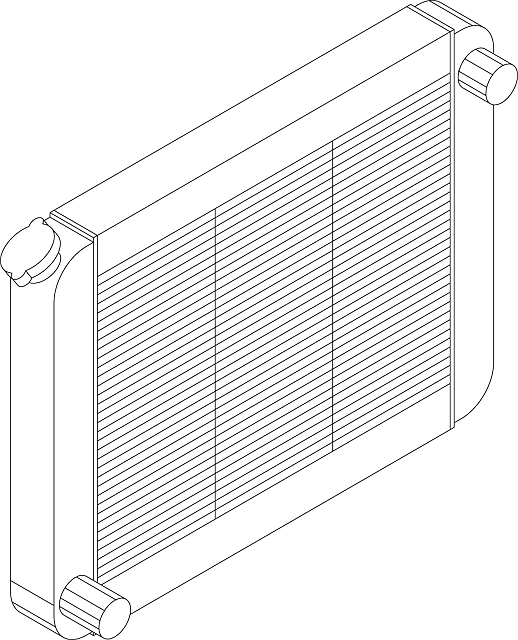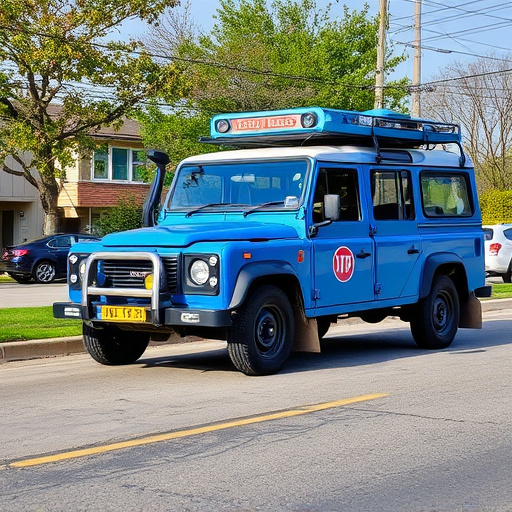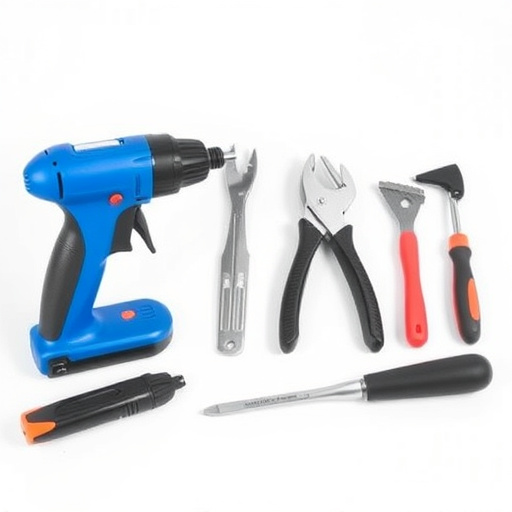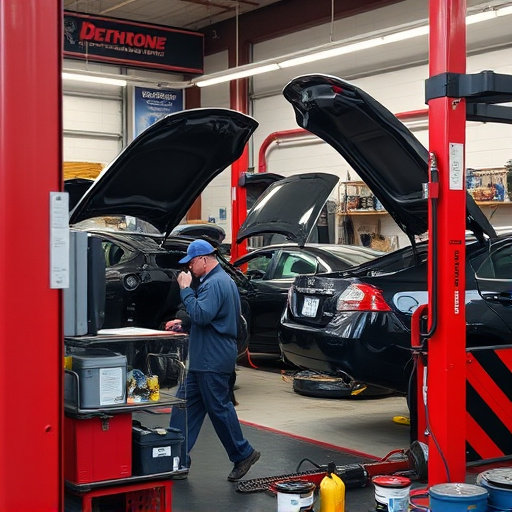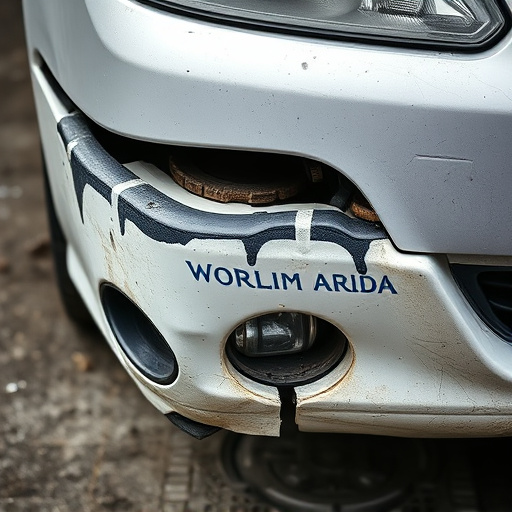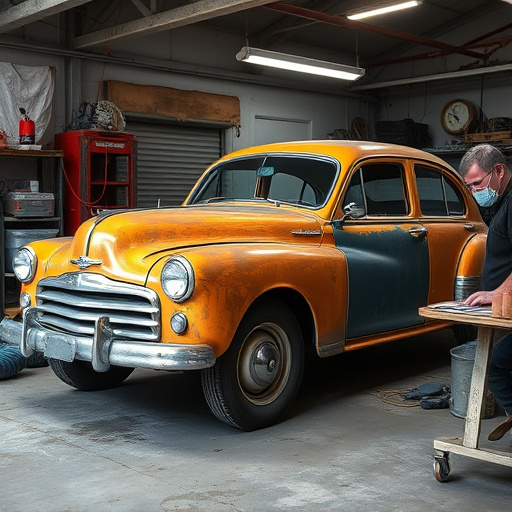Infrared curing equipment, a cutting-edge technology in automotive repairs, offers swift and efficient drying for Mercedes Benz and other high-end vehicles. Short-wave infrared (SWIR) focuses on detailed tasks, while medium-wave infrared (MWIR) excels in rapid curing for various manufacturing and coating applications. Both technologies provide advantages like consistent curing, reduced energy use, and improved material properties without damaging delicate surfaces.
Infrared (IR) curing is a vital process in modern manufacturing, offering efficient drying and hardening of coatings, inks, and adhesives. This article delves into the distinctions between two prominent IR curing techniques: short-wave and medium-wave. While both utilize infrared radiation, their unique properties impact equipment design and application choices. By understanding these differences, manufacturers can select the optimal infrared curing equipment for specific projects, ensuring enhanced productivity and material performance.
- Understanding Short-Wave Infrared Curing
- Medium-Wave Infrared Curing Explained
- Key Differences: Equipment and Applications
Understanding Short-Wave Infrared Curing
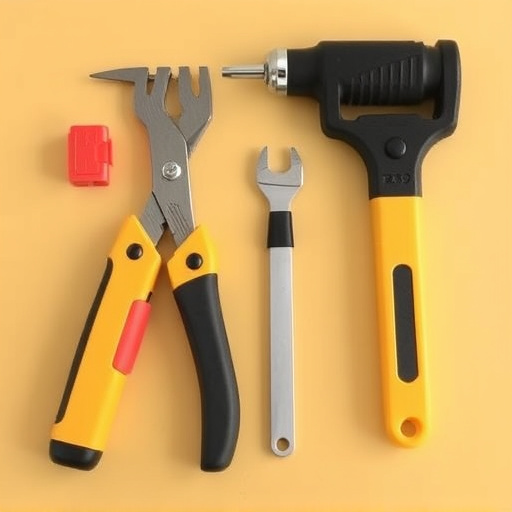
Short-wave infrared curing is a cutting-edge technology used in various industries, particularly in automotive body work and vehicle repairs, such as Mercedes Benz repair. This method involves the application of short-wave infrared radiation to cure or harden materials quickly. The process is highly efficient for drying and curing coatings, adhesives, and other substances, making it an essential component of modern auto repair near me services. With its ability to penetrate surfaces deeply, short-wave infrared curing ensures faster production times and improved material properties without compromising quality.
Infrared curing equipment utilizing short-wave technology offers numerous advantages over traditional drying methods. It provides a more consistent cure across complex shapes and irregular surfaces, reducing the risk of uneven drying or surface imperfections. This precision is especially valuable in automotive body work, where achieving a flawless finish is paramount. Additionally, short-wave infrared curing can significantly reduce energy consumption compared to conventional ovens, making it an eco-friendly choice for auto repair shops.
Medium-Wave Infrared Curing Explained
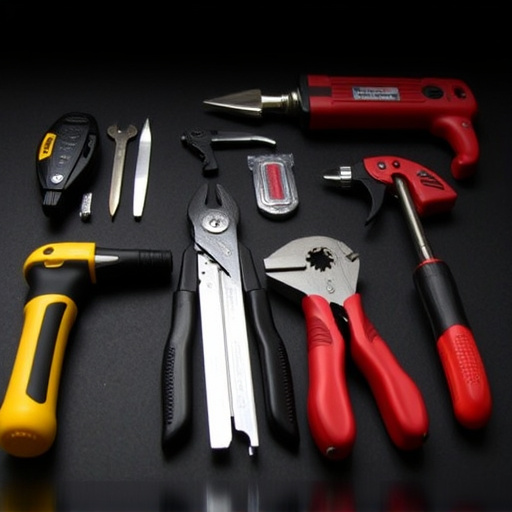
Medium-wave infrared curing is a process that utilizes specialized equipment to emit specific wavelengths of infrared light, typically in the range of 2 to 4 microns. This technology has gained significant popularity in various industries, including automotive and luxury vehicle repair, such as Mercedes Benz repairs. The medium-wave infrared rays penetrate the surface of materials, causing molecular vibrations that lead to efficient drying or curing of coatings, adhesives, and sealants.
Unlike short-wave infrared curing, which often relies on higher wavelengths (around 8 to 14 microns) and can cause heat buildup, medium-wave infrared curing offers a more controlled heating process. This makes it ideal for delicate materials and surfaces where excessive heat could lead to degradation or damage. In collision repair centers, for instance, medium-wave infrared curing equipment enables faster drying times without compromising the integrity of painted surfaces, thus streamlining the repair process and ensuring superior results in luxury vehicle repairs.
Key Differences: Equipment and Applications
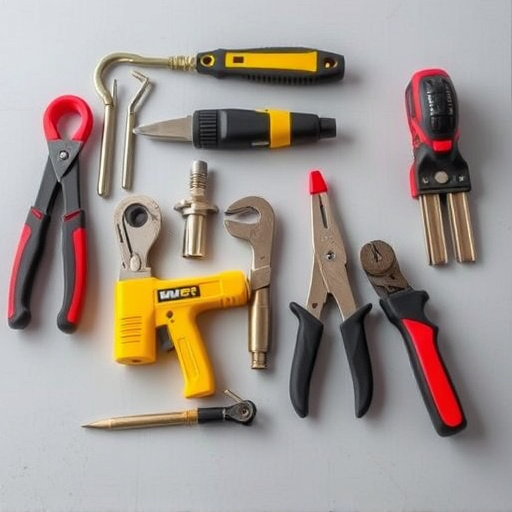
When comparing short-wave and medium-wave infrared curing equipment, one of the key differences lies in their applications and the tasks they’re best suited for. Short-wave infrared (SWIR) systems are typically used for more specialized processes such as dent removal and precise heating in auto maintenance, allowing for detailed work on intricate vehicle repair services. These systems offer high resolution and depth penetration, making them ideal for complex structures.
In contrast, medium-wave infrared (MWIR) equipment is versatile and widely applied across various industries. It excels in rapid curing and drying processes, often used in manufacturing, coating applications, and even some aspects of auto maintenance. MWIR’s broader spectrum penetrates materials more evenly, making it suitable for larger-scale operations. Both technologies have distinct advantages, catering to different needs within the realm of infrared curing equipment.
Short-wave and medium-wave infrared curing offer distinct advantages in terms of equipment and application, making them suitable for diverse industrial needs. While short-wave infrared technology excels in rapid curing and thin film applications, medium-wave infrared is more efficient for bulk material curing. Understanding these differences allows manufacturers to choose the optimal infrared curing equipment for their specific processes, enhancing productivity and quality.


